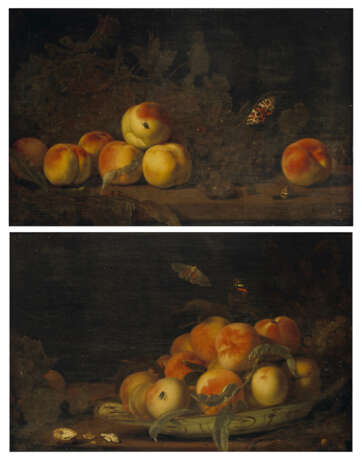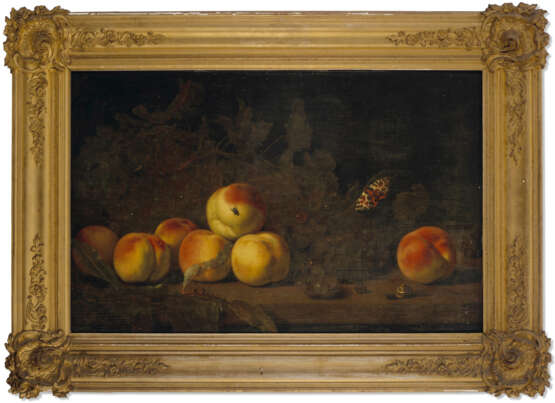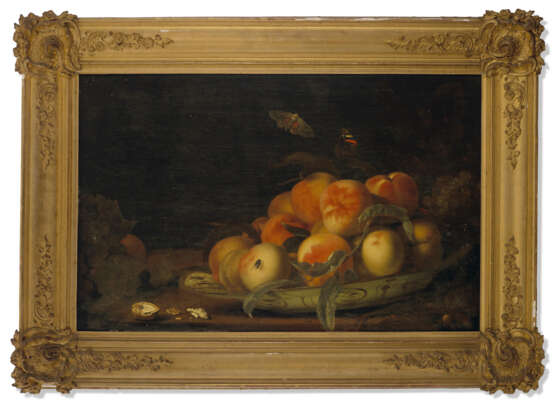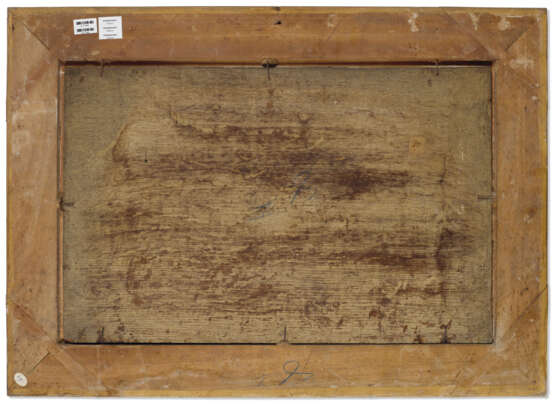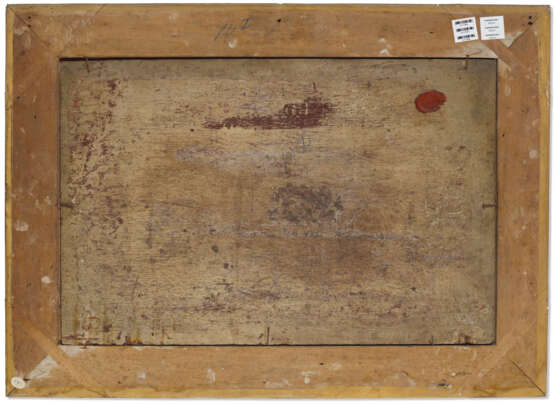ID 761382
Los 212 | ABRAHAM VAN CALRAET (DORDRECHT 1642-1722)
Schätzwert
€ 30 000 – 50 000
| Künstler: | Abraham van Calraet (1643-1722) |
|---|---|
| Angewandte Technik: | Öl auf Holz |
| Kunst Stil: | Alte Meister |
| Genre: | Stillleben |
| Herkunftsort: | Westeuropa, Europa, Die Niederlande |
| Kategorie des Auktionshauses: | Gemälde |
| Künstler: | Abraham van Calraet (1643-1722) |
|---|---|
| Angewandte Technik: | Öl auf Holz |
| Kunst Stil: | Alte Meister |
| Genre: | Stillleben |
| Herkunftsort: | Westeuropa, Europa, Die Niederlande |
| Kategorie des Auktionshauses: | Gemälde |
| Adresse der Versteigerung |
CHRISTIE'S 9 Avenue Matignon 75008 Paris Frankreich | ||||||||||||||
|---|---|---|---|---|---|---|---|---|---|---|---|---|---|---|---|
| Vorschau |
| ||||||||||||||
| Telefon | +33 (0)1 40 76 85 85 | ||||||||||||||
| Fax | +33 (0)1 40 76 85 86 | ||||||||||||||
| Nutzungsbedingungen | Nutzungsbedingungen | ||||||||||||||
| Versand |
Postdienst Kurierdienst Selbstabholung | ||||||||||||||
| Zahlungsarten |
Banküberweisung | ||||||||||||||
| Geschäftszeiten | Geschäftszeiten
|
